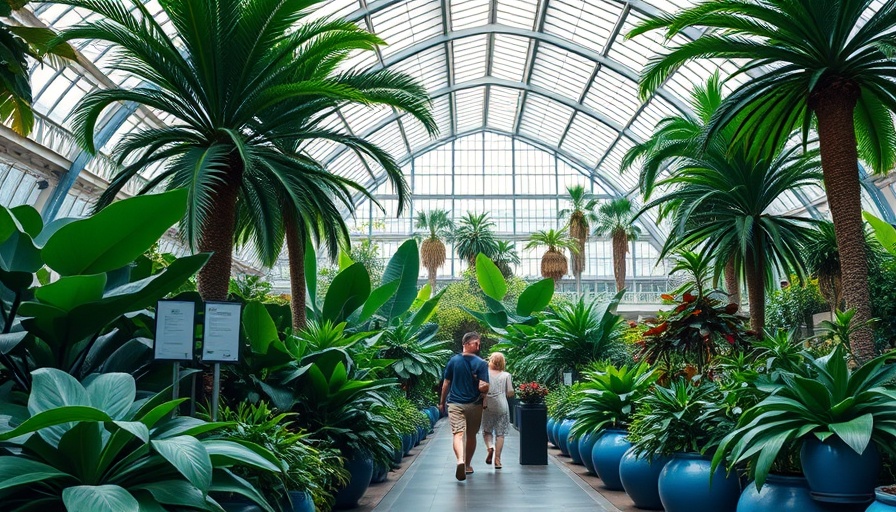
Why the United States Botanic Garden is a Must-Visit
Located near the U.S. Capitol in Washington, D.C., the United States Botanic Garden (USBG) is not just a collection of plants; it’s a vibrant living museum that illustrates the intricate relationship between people and nature. With both indoor and outdoor exhibits, the USBG serves as a testament to the beauty and importance of plant life in our everyday world.
Exploring the Orchid Collection: A Floral Wonderland
The Orchid Collection at the USBG is nothing short of mesmerizing. With over 5,000 orchids on display, including rare tropical species, visitors are treated to a dazzling array of colors, shapes, and scents. This collection not only showcases the aesthetic appeal of orchids but also their ecological significance. Orchids thrive across every continent except Antarctica, with many originating from lush rainforests, reminding us that beauty can often coexist with fragility.
The Medicinal Collection: Healing Plants Through Time
Diving deeper into the botanical world, the Medicinal Collection at the USBG stands out by highlighting plants revered in traditional and modern medicine. This collection pushes us to reconsider the healing powers of the natural world, fostering a dialogue between ancient practices and contemporary science. Visitors can learn about various plants, their origins, and how they have contributed to health practices throughout history.
Indigenous Flora: The Native Plant Collection
The Native Plant Collection brings local flora into the spotlight, focusing on plants that are crucial for sustaining ecosystems and supporting wildlife. By showcasing these native species, the USBG encourages an understanding of biodiversity and conservation. Knowing about these plants is not merely for curiosity; it speaks to our responsibility in protecting the environment for future generations.
The Significance of Plant Collections in Education
Through exhibitions and educational workshops, the USBG teaches visitors of all ages about the value of plants in our daily lives. From understanding the roles they play in sustaining human life and the environment to appreciating their beauty, this experience is geared towards instilling a sense of wonder and responsibility towards nature.
Future Opportunities for Enthusiasts
The USBG not only provides a haven for nature lovers but also opportunities for public engagement. Initiatives like gardening workshops and interactive tours help demystify the world of botany, making it accessible and enjoyable. The continuous rotation of exhibits ensures that no visit is ever quite the same, giving frequent visitors reasons to return.
Conclusion: A Call to Action
The United States Botanic Garden is not just a collection of plants but a vibrant cultural hub that invites you to explore and appreciate nature. Whether you're a seasoned gardener or someone seeking a peaceful escape in the heart of the city, the USBG has something for everyone. Explore, discover, and connect with the green wonders of our planet—plan your visit today!
 Add Row
Add Row  Add
Add 




Write A Comment